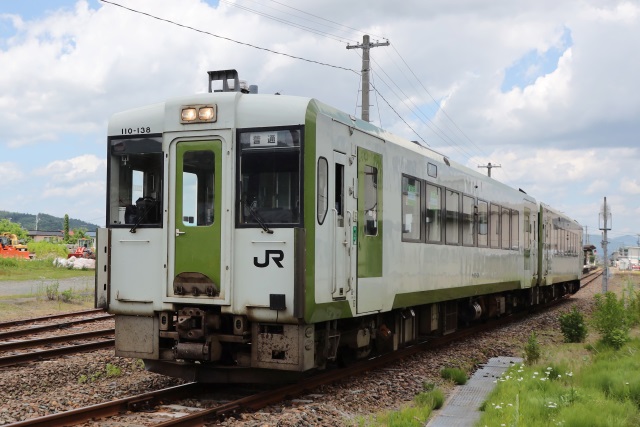We are currently in the middle of our rainy season in Tokyo. The period of June to mid-July is the rainy season, called "tsuyu". It's a gloomy period for Tokyoites before midsummer. I left Tokyo for a while, and visited the northern part of Japan, where tsuyu is not clear.
My destination was a geothermal area, named Goshogake, in Akita Prefecture, Tohoku District. Visitors can enjoy a beautiful mountain view, relaxing hot springs and delicious local foods. One more pleasure in Goshogake is visiting geothermal seepages. Look at the photo below. It's a mud bubble in a mud pot. The bubble repeatedly expands and pops due to the coming up of volcanic gas, and constantly changing its shape. I tried to shoot the mud bubble with a high-speed shutter, 1/8,000 second. Surprisingly, the sun, sky, a forest and myself are imaged on the surface of the tiny mud bubble. That looks like a little universe.
To visit this geothermal area, the nearest station is Kazunohanawa on the JR East Hanawa line. It's a typical local route crossing the mountainous backbone of Tohoku District. A lovely DMU (Diesel Multiple Unit), KiHa 110 series, is the sole model on the line. It's usually operated as a two-car train. The KiHa 110 series is the JR East's standard DMU, which has a 20-meter-long body. It looks similar with the KiHa 100 series, but its body length is 3.5 meters longer than that of the KiHa 100 series.
I enjoyed both the geothermal area and the local railway.

